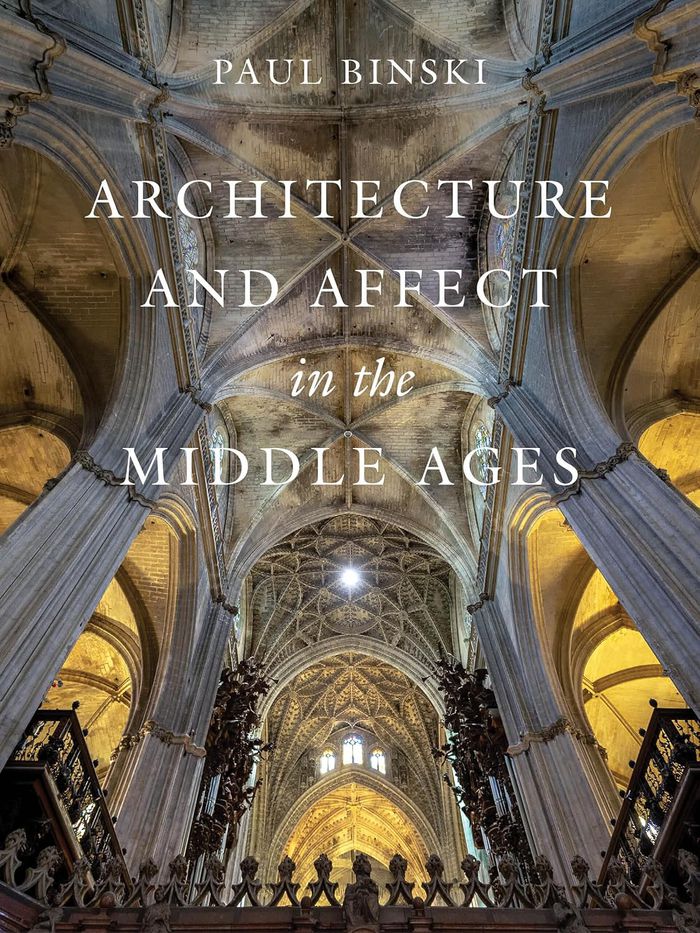$68.00
(available to order)
Summary:
How did people living in the Middle Ages respond to spectacular buildings, such as the Gothic cathedrals? While contemporary scholarship places a large emphasis on the emotional content of Western medieval figurative art, the emotion of architecture has largely gone undiscussed. In a radical new approach, "Architecture and affect in the Middle Ages" explores the(...)
Architecture and affect in the Middle Ages
Actions:
Price:
$68.00
(available to order)
Summary:
How did people living in the Middle Ages respond to spectacular buildings, such as the Gothic cathedrals? While contemporary scholarship places a large emphasis on the emotional content of Western medieval figurative art, the emotion of architecture has largely gone undiscussed. In a radical new approach, "Architecture and affect in the Middle Ages" explores the relationship between medieval buildings and the complexity of experience they engendered. Paul Binski examines long-standing misconceptions about the way viewers responded to medieval architecture across Western Europe and in Byzantine and Arabic culture between late antiquity and the end of the medieval period. He emphasizes the importance of the experience itself within these built environments, essentially places of action, space, and structure but also, crucially, of sound and emotion.
Architectural Theory
$89.00
(available to order)
Summary:
By examining notions of what was extraordinary, re-evaluating medieval ideas of authorship, and restoring economic considerations to the debate, Binski sets English visual art of the early 14th century in a broad European context and also within the aesthetic discourses of the medieval period. The author, stressing the continuum between art and architecture, challenges(...)
Gothic wonder: art, artifice, and the decorated style, 1290–1350
Actions:
Price:
$89.00
(available to order)
Summary:
By examining notions of what was extraordinary, re-evaluating medieval ideas of authorship, and restoring economic considerations to the debate, Binski sets English visual art of the early 14th century in a broad European context and also within the aesthetic discourses of the medieval period. The author, stressing the continuum between art and architecture, challenges understandings about agency, modernity, hierarchy, and marginality. His book makes a powerful case for the restoration of the category of the aesthetic to the understanding of medieval art. Gothic Wonder traces the impact of English art in Continental Europe, ending with the Black Death and the literary uses of the architectural in works by Geoffrey Chaucer and other writers.
History until 1900, Middle Ages

